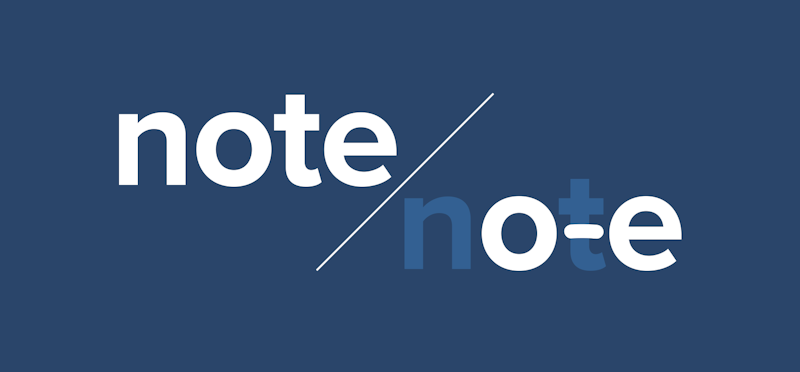Here is a set of phonics manipulatives that you can print out, cut into individual word cards and use as described below. The second PDF file is a phonics worksheet that you can use to help your child learn the three options for pronouncing the suffix ed. Use the manipulatives first, and then use the worksheet a few days later as a review.
The Ending ed can be Confusing
The manipulatives contain no words in the split vowel (or vowel + e) category to avoid introducing yet another level of complexity when you are introducing the ed suffix. However, the last two words of each column of the worksheet are split vowel examples. If necessary, remind your child that the suffix ed is replacing the ending e just as in the cases where the suffixes ing, er and y were added in the Tidbits lessons preceding this one.
The suffix ed should be introduced relatively late in any phonics curriculum because of its complexity. You will be better off discussing the concept of split vowels (vowel plus e) and also adding suffixes like ing, er and y to both split vowel words and CVC words before tackling the suffix ed.
This is because the suffix ed has three distinct pronunciation options and this is further complicated by the fact that when two of the options occur, the suffix ed is a digraph for a single sound, but in the third case the suffix ed is not a digraph but instead represents two sounds. All this confusion means that the suffix ed often presents a challenge to a struggling reader.
Introducing the Three Options for the Suffix ed
Use a whiteboard to show an example of a word ending in the /d/ sound, such as fanned. After you write fanned on the whiteboard (or a piece of paper) ask your child to read it. If he can’t read it with just a minimal amount of help, you’re probably presenting this lesson too soon. Next, ask your child to say each sound in fanned and show him that the suffix ed is a digraph representing the /d/ sound by having him say all four sounds in fanned.
Next, write a word like stopped on the whiteboard (or paper) and let your child discover that the digraph ed represents the /t/ sound in stopped. Finally, show your child a word like sanded and have him say each sound in the word. Make it clear to him that the letters e and d now stand for two distinct sounds, /e/ and /d/ respectively.
Following this demonstration and discussion, write on the whiteboard the three column headings d, t, and e+d and then show him words (the manipulatives) ending in the suffix ed one at a time and have him read them, identify the sound, or sounds, that the suffix ed represents in each word and then put the word under the correct column heading. Later, review the process using the provided worksheet.
Adding the Suffix ed
Now that your child understands that the suffix ed has three different pronunciations and has finished the worksheet he will be better prepared to use it when writing a word with an ending ed. First, refer back to the two previous pages on this site which teach how to add suffixes to CVC words like hum, chop, or bat, and to words with split vowel digraphs like flame, hike or shade.
Take the split vowel digraph case first and explain that adding the suffix ed is handled the same as adding a suffix like er. That is, the ed replaces the letter e at the end of the root word. Point out though, that the ending ed could represent /d/ (flamed), /t/ (hiked), or /e/+/d/ (shaded).
Next take the CVC case and remind your child that the First Vowel Sound in the word usually requires doubling the ending consonant before adding a suffix that begins with a vowel letter. Again, point out that the ending ed he is adding could represent /d/ (hummed), /t/ (chopped), or /e/+/d/ (batted).
Finally, as an exercise, use the root words on the worksheet you downloaded (pin, bat, beg, duck, mess, plant, etc.) and either show him the root word (if he's young enough that he can't spell them) or tell him the root word, and have him write the word while adding the suffix ed to each one. If you want, you could also have him put them in the appropriate column, under the /d/, /t/, or /e/+/d/ column headings.
Conclusion
If you followed this entire series of worksheets in sequence, starting with What Are Vowel Sounds?, your child should now have a good understanding of adding suffixes to root words, and should also have a good start on reading words with the more complex ed ending.
There is one final point to make. Note that I said above "...remind your child that the First Vowel Sound in the word usually requires doubling the ending consonant before adding a suffix that begins with a vowel letter." This is the first time I've raised this point, but it's an important one for spelling. If the suffix begins with a consonant (the suffix ly is probably the most common example) then it is just added to the word. In the case of a root word with a split vowel digraph, like late, the letter e is still needed as part of the a-e vowel spelling, so we write lately. And in the case of a root word with a CVC spelling, the leading consonant creates a situation where there are now two consonants following the vowel, so the final consonant doesn't need to be doubled to preserve the First Vowel Sound. Compare hand-handy, with bad-badly, for example. In both cases the final word has two consonants between the a and the y and so no doubling is needed. Your child doesn't need to be told all this, by the way. Just tell him that the suffix ly is just added to a word because it doesn't start with a vowel letter.
Incidentally, if you find this lesson, or series of lessons, useful, consider trying the OnTrack Reading Advanced Code Phonics Workbook. The workbook is a comprehensive advanced code phonics program that incorporates most of these phonics "Tidbits," covers precisely the information your child will need to become proficient in phonics, and includes the most effective multisyllable decoding method you will find anywhere, all at a reasonable price.





